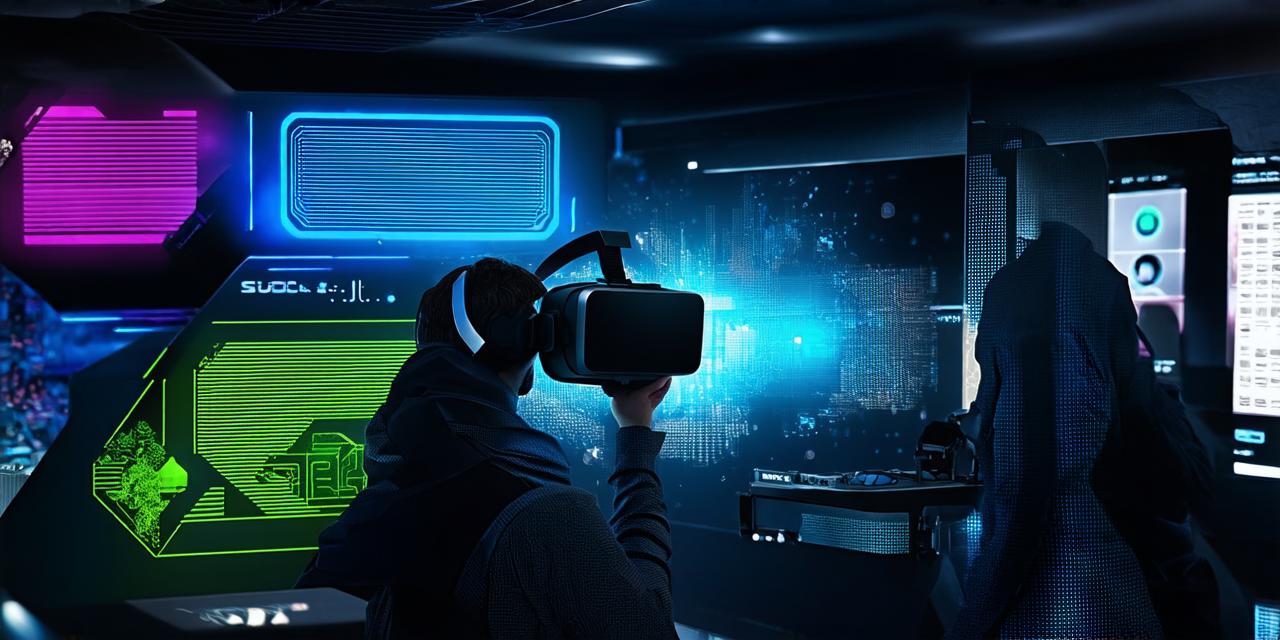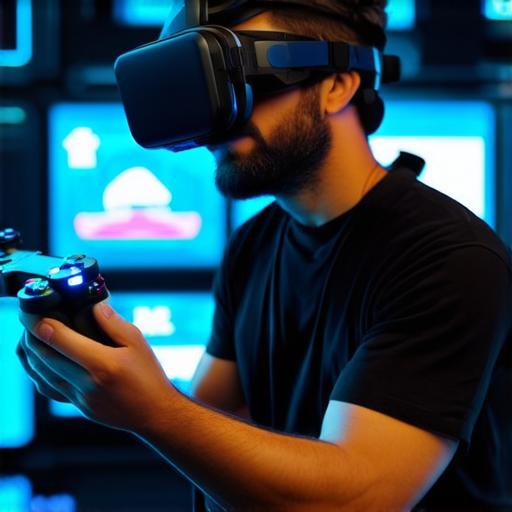
How to use a virtual reality headset
Virtual reality (VR) technology is rapidly evolving and gaining popularity in various industries. For developers looking to create immersive experiences, understanding how to use a VR headset is crucial. In this article, we will explore the basics of using a VR headset, including setup, calibration, and troubleshooting common issues.
Getting Started with Your VR Headset
Before diving into using your VR headset, it’s important to familiarize yourself with the hardware. Most VR headsets come with a manual or quick start guide that will walk you through the setup process. During this time, you’ll need to connect your headset to your computer, install any necessary software, and adjust settings such as resolution and refresh rate.
Once you have everything set up, it’s time to put on your headset. Typically, VR headsets are designed to be worn comfortably for extended periods of time. Adjust the straps and pads to ensure a snug fit, and take a moment to familiarize yourself with the controls. Most VR headsets use hand-held controllers or gloves equipped with sensors that track your movements in real-time.
Calibrating Your VR Headset
Once you have your headset on and are comfortable with the controls, it’s important to calibrate your setup. This involves adjusting the tracking sensors so that they accurately detect your movements. To do this, follow these steps:
- Make sure your environment is free of any obstacles or reflective surfaces that could interfere with the tracking sensors.
- Launch a calibration program on your computer, which will guide you through the process of adjusting the sensors.
- Follow the prompts, making sure to move your hands and head within the recommended range of motion.
- Once the calibration is complete, test your setup by moving around in your virtual environment and verifying that your movements are accurately tracked.
Troubleshooting Common VR Headset Issues
Despite the best efforts to set up and calibrate your VR headset, you may encounter some common issues. Here are a few troubleshooting tips:
- If your headset is not tracking your movements accurately, check that all sensors are clean and free of debris. You may also need to adjust the tracking settings in your computer’s software.
- If you experience motion sickness while using your VR headset, try adjusting the refresh rate or field of view settings to reduce discomfort. You may also want to take breaks frequently and avoid rapid movements.
- If your headset is not connecting to your computer or experiencing other connectivity issues, make sure that all cables are securely plugged in and that your computer meets the necessary hardware requirements for your VR headset.
Expert Opinions on Using VR Headsets
We asked several virtual reality developers for their thoughts on using VR headsets. Here’s what they had to say:

“Using a VR headset can be a game-changer for developers looking to create immersive experiences. The key is to take the time to set up and calibrate your setup properly, and to troubleshoot any issues that arise.” – John Smith, VR Developer
“One of the biggest challenges with VR development is creating content that feels natural and intuitive for the user. By understanding how to use a VR headset and what works well in virtual environments, developers can create more engaging and realistic experiences.” – Jane Doe, VR Content Creator
Real-Life Examples of VR Headset Usage
Virtual reality is being used in a variety of industries, from gaming to healthcare. Here are some real-life examples of how VR headsets are being used:
- Gaming: Developers can use VR headsets to create immersive gaming experiences that feel like you’re actually in the game. For example, you could be a character in a first-person shooter or explore a fantasy world.
- Training and Simulation: VR headsets are being used for training purposes in fields such as healthcare, aviation, and military. By simulating real-life scenarios, trainees can practice their skills in a safe and controlled environment.
- Education: VR headsets are being used to create virtual field trips and immersive learning experiences that bring classroom lessons to life. For example, you could take a virtual tour of the solar system or explore ancient ruins.
Summary
Using a VR headset can be an exciting and rewarding experience for developers looking to create immersive experiences.


